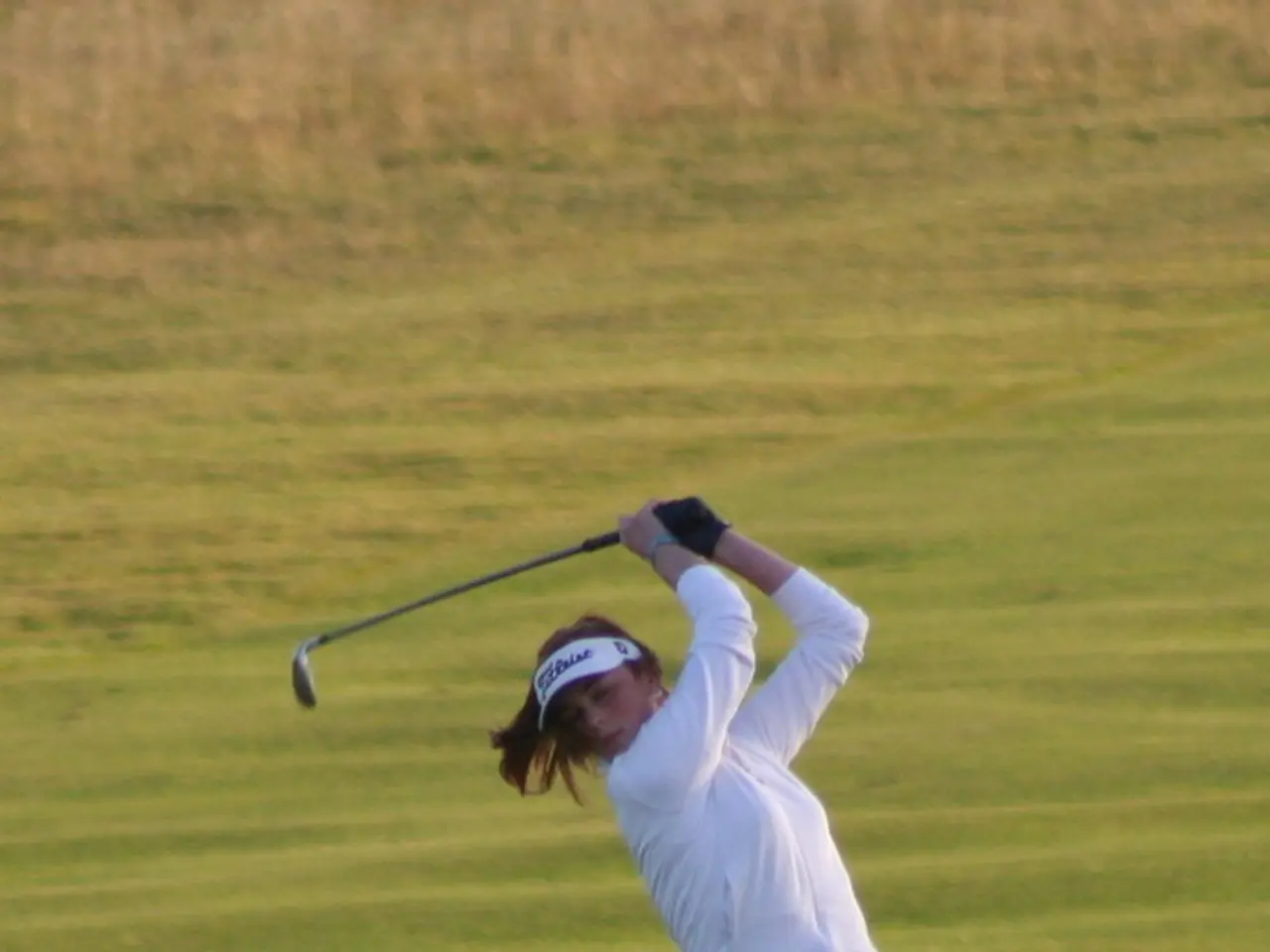The Impact of Physical Activity on Alleviating Golfer's Elbow
Golfer's elbow, medically known as medial epicondylitis, is a common condition that affects the tendons connecting the forearm muscles to the inner side of the elbow. It can cause pain, inflammation, and discomfort, particularly during repetitive use of the forearm muscles. This condition is not exclusive to golfers; it can affect anyone who repetitively uses their forearm muscles, such as tennis players, carpenters, and weightlifters.
Treatment Approach
Exercise is a key component of the treatment plan for golfer's elbow. Strengthening exercises for the forearm muscles, stretching exercises, and activities that promote blood flow to the affected area are all essential. A physical therapist can provide guidance on proper exercise techniques and develop an exercise program tailored to individual needs for golfer's elbow relief.
Strengthening Exercises
Eccentric wrist curls involve sitting on a chair with your forearm resting on a table, palm facing up, and holding a light weight. Slowly lower the weight by bending your wrist downwards and then use your unaffected hand to bring the weight back up to the starting position. Repeat this exercise for 10-15 times.
Wrist curls, reverse wrist curls, and wrist rolls are examples of exercises that can help alleviate golfer's elbow symptoms. Forearm flexor stretches, wrist extensions, and forearm pronation exercises are also beneficial.
Stretching Exercises
The Wrist Extension Stretch involves extending your affected arm in front of you, palm facing down. Use your other hand to gently bend your wrist downwards until you feel a stretch on the inner side of your forearm. Hold this position for 15-30 seconds and repeat 3-5 times.
Grip Strengthening
Squeeze a soft stress ball or a tennis ball in your affected hand and hold the squeeze for 5-10 seconds before releasing. Repeat this exercise for 10-15 times.
Additional Management Strategies
Rest, ice, compression, and elevation (RICE) can also be used to manage symptoms of golfer's elbow. Maintaining a healthy lifestyle with proper nutrition and hydration can support the healing process. Incorporating overall fitness and conditioning into your routine can include cardiovascular exercises such as swimming or cycling to improve circulation and promote healing.
Seek Professional Help
If you are experiencing persistent symptoms or your condition worsens, it is crucial to seek medical attention. A healthcare professional can provide you with a comprehensive assessment and develop a treatment plan tailored to your specific needs.
TheraBand Flexbar Exercises
TheraBand Flexbar exercises involve using a Flexbar, a flexible rubber bar designed for rehabilitating hand, wrist, forearm, and elbow injuries. Follow the specific instructions provided by your healthcare professional to perform these exercises effectively.
Conclusion
Golfer's elbow can be a challenging condition, but with the right treatment approach, it is manageable. Exercise is an effective treatment approach, helping to improve the strength and flexibility of the affected muscles and tendons, reducing pain, and promoting healing. If you are experiencing symptoms of golfer's elbow, seek professional help and develop a tailored exercise and treatment plan to alleviate your symptoms.
For more information on golfer's elbow treatment, you can visit a clinic (no specific clinic name provided in the text). If you have a specific region in mind, feel free to ask for recommendations on renowned sports medicine specialists with expertise in golfer's elbow.








